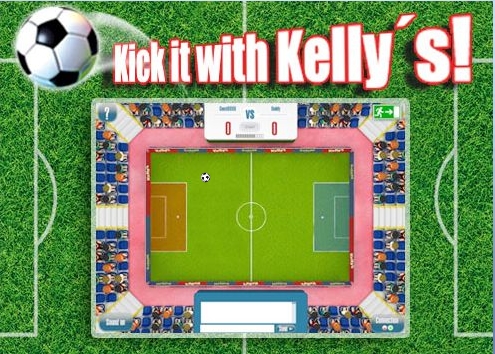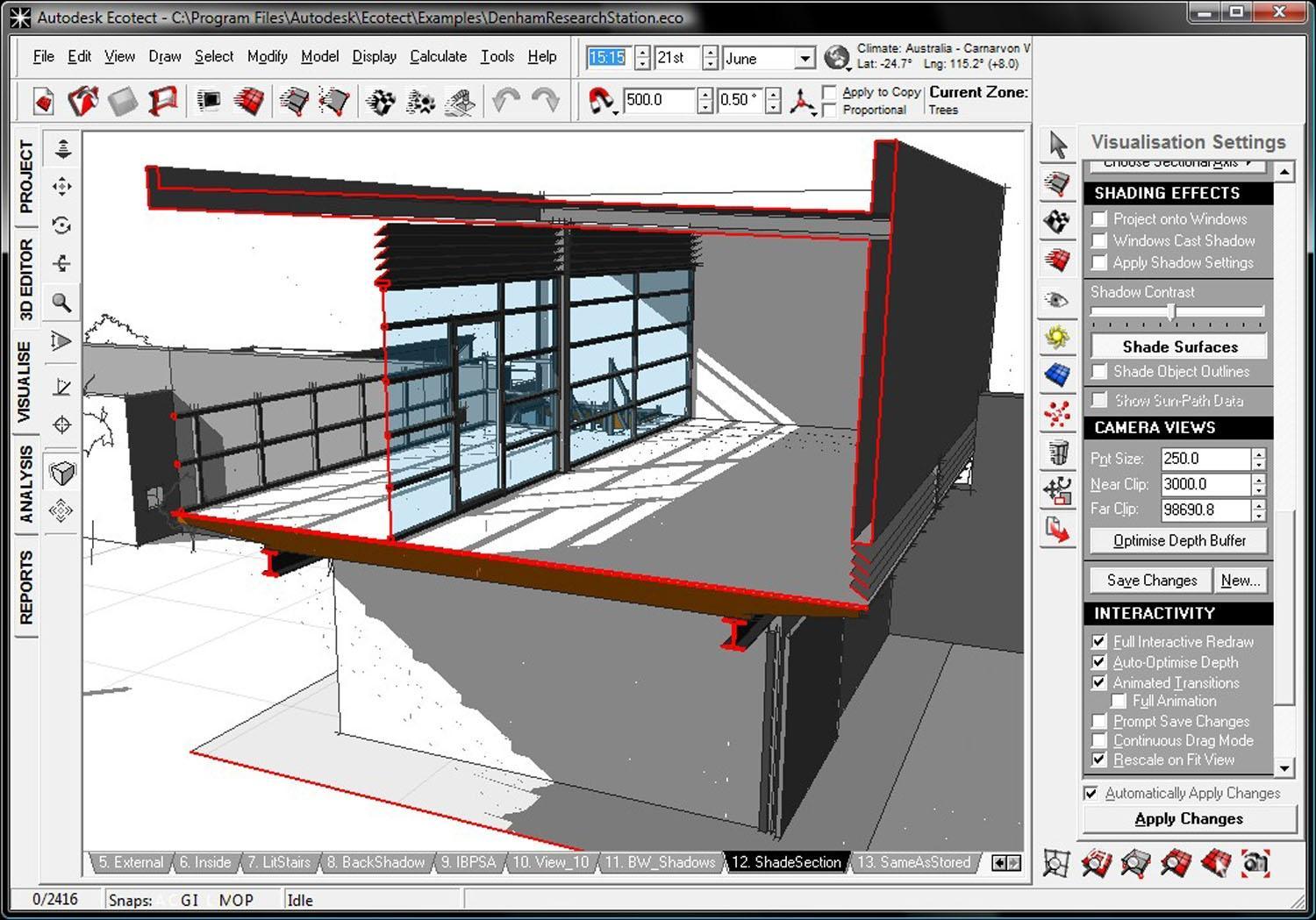
In the CFD window, I typically select the Boundary option.Ĥ. Select the CFD Cell Blockages and click the Perform Calculation at the bottom of the Analysis Grid Control Panel.ģ. Oftentimes, that grid is too large so I adjust it accordingly so it is small and fit my model.Ģ. Set up your model and analysis grid: you can click on the Auto-fit Grid to Object button and use the 3D Air Flow option that will automatically create a grid large enough for your model. Autodesk has recently unveiled Project Vasari – a user-friendly cousin of Ecotect Analysis that uses a graphical user interface similar to that of Revit – and this evening I received a personal demonstration of its capabilities from the folks at Autodesk.1. Today at Greenbuild my suspicions were confirmed, but in a good way. I actually suspected that they would eventually “cannibalize” Ecotect into Revit.

I knew Autodesk had something up their sleeve, I just did not know what it was. Then a few years ago, Autodesk bought Ecotect from its developer, Square One Research, and seemingly shelved the project. I usually do not need specific glazing assembly data for a conceptual design-stage daylighting study).įor years, I have leaned heavily on a program called Ecotect for much of the quick, early, iterative type of energy modeling. The project’s level of design development will also influence the depth of an analysis (e.g. Radiance for daylighting, eQuest for energy performance).


Specific inquiries will dictate what tools I may use for analysis (e.g. daylighting, electric lighting, thermal loads, energy performance, acoustical performance, water consumption, wind flow analysis).

I use the term “energy model” loosely because it encompasses so many different types of analysis (e.g. A large part of my job has always been energy modeling for new construction projects – especially LEED projects.


 0 kommentar(er)
0 kommentar(er)
